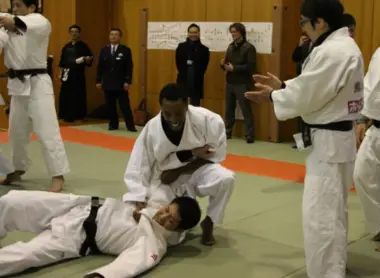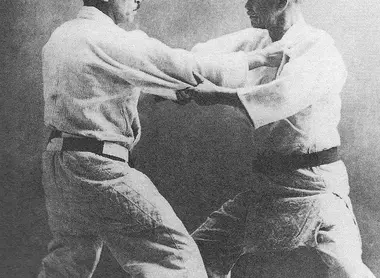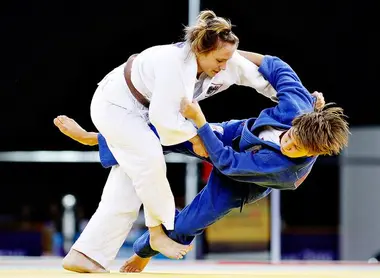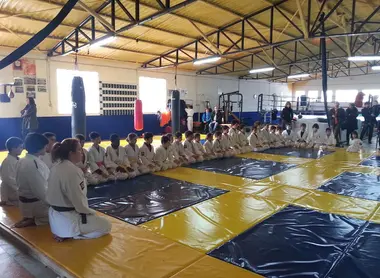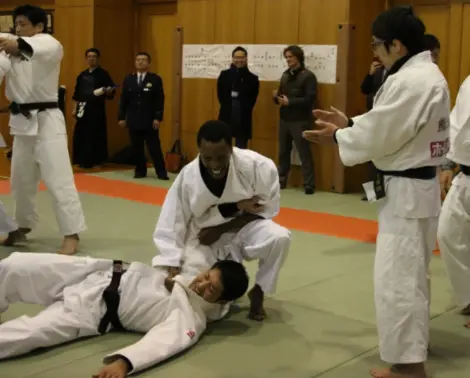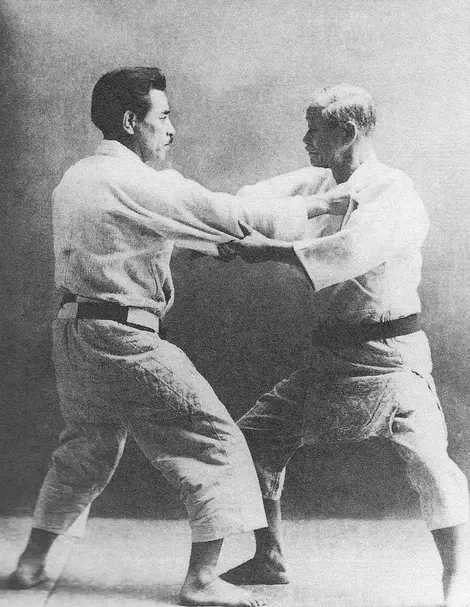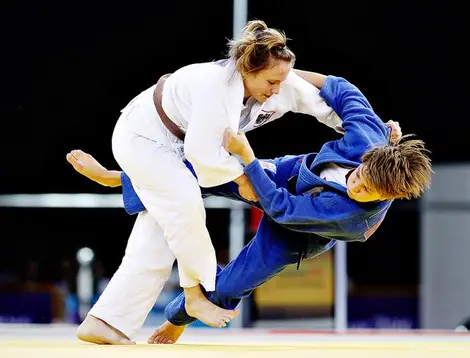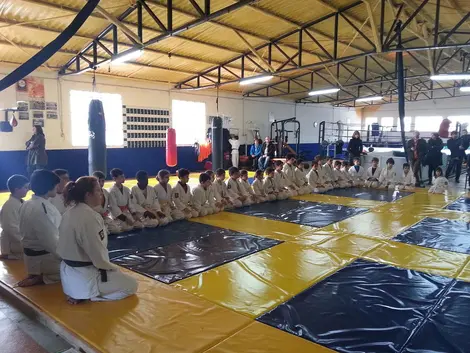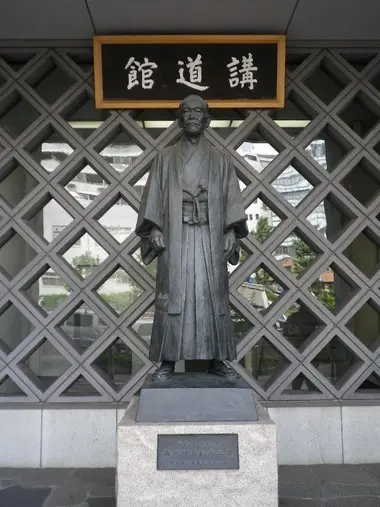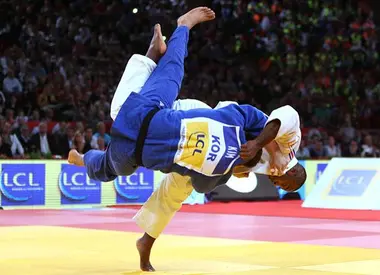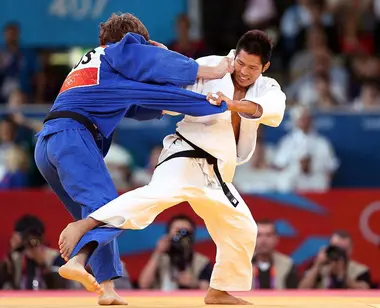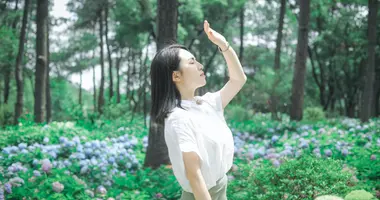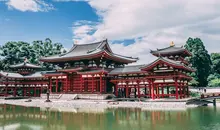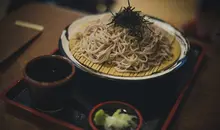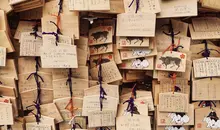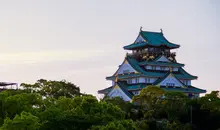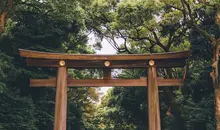Judo
- Published on : 31/03/2018
- by : S.R.
- Youtube
Judo bends but does not break
Judo is the best-known Japanese martial art abroad. In France, there are nearly 600,000 members, while our country is the second most decorated nation in this discipline at the Olympic Games. In white kimono, the opponents look for the right hold to bring down their combat partner, playing as much with their power as with their skill. Be careful not to get ippon!
The man, another reed
Judo was born from the observation made by its legendary founder Jigorô Kanô of the unsuitability of traditional martial arts to the modern world of the Meiji revolution (1868). He will thus take up the techniques of ju-jitsu , "the art of flexibility" developed by the samurai to fight with their bare hands , to adapt them to the requirements of the modern world. The legend says that he would have arrived at his conception of judo by observing during the winter the branches of cherry trees breaking under the weight of the snow while the reeds bent to let the snow fall.
The work of Jigorô Kanô will be from 1882, when he was only 22 years old, to transform ju-jitsu by putting aside dangerous techniques and codifying the others in the form of kata in order to facilitate their transmission. Its objective is then "to help in the education of a whole nation". It is in this perspective that jûjutsu becomes jûdô , or "the way of flexibility", a lexical change that highlights the idea of constant progression .
Read also : In the footsteps of the samurai
seize, project, submit
Judo is a martial art where practitioners, called judoka , seek to throw, knock down or immobilize their opponent . Although technically present, strikes – which only exist in the form of kata and are excluded from competitions and free combat – play a very minor role in this practice.
Read also: Japanese martial arts
The throwing techniques are divided between those that are done standing up, and those where you voluntarily put yourself out of balance (known as sacrifice techniques) to bring the opponent to the ground. Three parts of the body are used for this purpose, namely the hands ( te waza), the hips (koshi waza) and the legs (ashi waza). Added to this, in the opponent's logic of submission, the keys ( kansetsu waza ), the immobilizations ( osaekomi waza ) and the strangulations ( shime waza ). A rich arsenal of techniques!
The internationalization of judo
Judo is a martial art that has had great success in a very short time outside the archipelago. In London, there was a martial arts club (Budokwai) in 1918, where kenjutsu, ju-jitsu and judo were originally taught. It was introduced for the first time at the same time in France, but its take-off followed Jigorô Kanô's visit to Paris in 1933 , after which judo developed under the aegis of his disciple Mikinosuke Kawaishi. The international consecration will take place during the Tokyo Olympics in 1964 during which judo becomes an Olympic discipline .
Also Read : Tokyo 2020 Olympic Games
